Kidney Stones
Stones in the kidney or ureter can cause blockage of urine flow or irritation to the urinary tract lining; often requiring urgent treatment.
What are Kidney Stones?
Signs and Symptoms
Stone disease is increasing in incidence worldwide. In the Bristol area, >1300 patients are admitted as an emergency with severe pain or kidney obstruction from stone disease. Most stones are formed in the kidney and some can then travel down the ureter and into the bladder. Stones in the kidney or ureter can cause blockage of urine flow or irritation to the urinary tract lining; often requiring urgent treatment.
- Renal colic (severe pain starting in the small of the back or in the lower abdomen, and which can radiate to the groin. The pain can last for hours or minutes followed by short periods of relief)
- Blood in the urine
- Nausea and vomiting
Pain relief is the first priority. Not all patients require hospital admission however it is mandatory in some circumstances
Treatments
Pain relief is the first priority. Not all patients require hospital admission however it is mandatory in some circumstances.
Diagnosis is with kidney ultrasound, with confirmation of the stone size and kidney structure mapped out with a CT scan. Treatment is required if the stone(s) is causing symptoms or obstructing the kidney drainage if it has dropped into the ureter (or is at risk of obstructing). Some professions such as pilots, Bus and HGV drivers need to be stone free. Some small calculi will pass spontaneously especially if they are less than 5 mm in size.
For patients with kidney or ureteric stones, we offer the full remit of procedures for stone diseases. We also offer a tertiary (from hospitals in the south west of England) referral service; operating on some of the most challenging patients with difficult body habitus,
challenging kidney anatomy and large stone burdens. Treatment options include shock wave lithotripsy, Ureteroscopy or percutaneous nephrolithotomy.
This surgery is undertaken under general anaesthesia; passing a telescope into the upper urinary tract. It allows the surgeon to see directly into the drainage part of the ureter and kidney; to make a diagnosis and to treat conditions such as stone disease, obstructions and tumours.
Stones can be fragmented in the ureter or kidney with a LASER fibre passed up through the ureteroscope (semi-rigid or flexible) and fragments can be extracted with graspers or baskets. Sometimes a ureteric stent (JJ stent) is placed in the urinary tract following ureteroscopy to allow the oedema to settle and to maintain kidney drainage. This is a softer plastic copolymer tube with unique modifications for the urinary tract with the top end curled up in the renal pelvis and the bottom end curled up in the bladder. It is usually removed easily at a later date under local anaesthetic using a flexible telescope at the clinic.
PCNL is minimally invasive or “keyhole” surgery for treating kidney stones. This surgery is indicated for patients with larger stones. Patients undergoing PCNL are admitted to Hospital and can typically expect to be in hospital for about 3 nights. The procedure is performed by a combined team of Urological Surgeon, Radiologist and Anaesthetist. This involves key-hole access into the kidney drainage system, fragmentation and extraction of stone(s).
Stones that form in your kidneys or ureters (tubes leading from kidneys to your bladder) can be broken up without the need for surgery using a technique called Shockwave lithotripsy (SWL). SWL uses vibrations that are transmitted into the body and directed on to the stone to break it into small fragments to enable easier passage. The sensation felt by the patient varies widely from “just feeling it” through “discomfort” to “pain” – the vast majority being in the middle group. You will be offered painkillers to control pain (anti-inflammatory suppository & tablets). Some patients may be offered further treatment with stronger pain relief which maybe sedative.
To determine the type of stone you have formed, your doctor will send any stone fragments you may have passed or had removed to the laboratory for testing. You may also be asked to provide a 24 hour urine collection for analysis. Both of these tests will help your doctor determine which treatment is most appropriate for you.
Patients often report inadequate water intake, increasing meat intake and oxalate containing diet. An association with metabolic syndrome (term describing disease cluster of obesity, type 2 diabetes, abnormal cholesterol parameters and high blood pressure) has been described.
Fluid intake (water) remains the main stay of prevention of stone recurrence. Calcium (milk and milk products) intake should be maintained unless specifically advised against this. Calcium binds to oxalate in the diet reducing its absorption into the blood, and therefore reducing its excretion in the urine. By restricting the intake of calcium, as was previously advised for urinary stone disease, you are more likely to have urinary stones and may also adversely affect your bone mineralisation. Reduce your intake of salt (as low as reasonable), oxalate rich foods and red meat (no more than two portions per day.
Treatment options include shock wave lithotripsy, Ureteroscopy or percutaneous nephrolithotomy.
Summary
Treatment needs to be tailored for the individual patient symptoms, stone (size, composition, position) and patient (associated morbidity, size and lifestyle) factors all taken into account. Often
patients may choose a more invasive option if it offers a greater chance of success with a single treatment. Others will choose the less invasive option of ESWL treatments.





